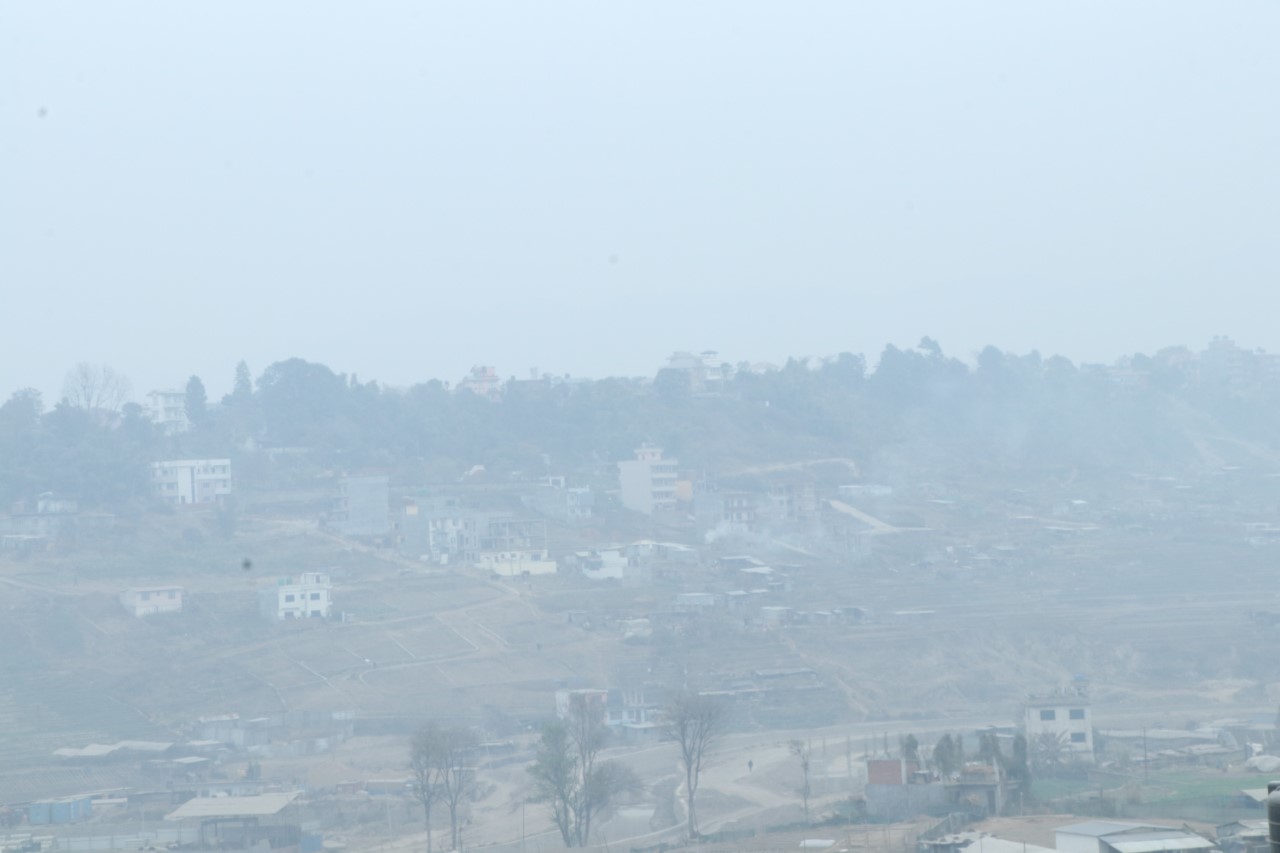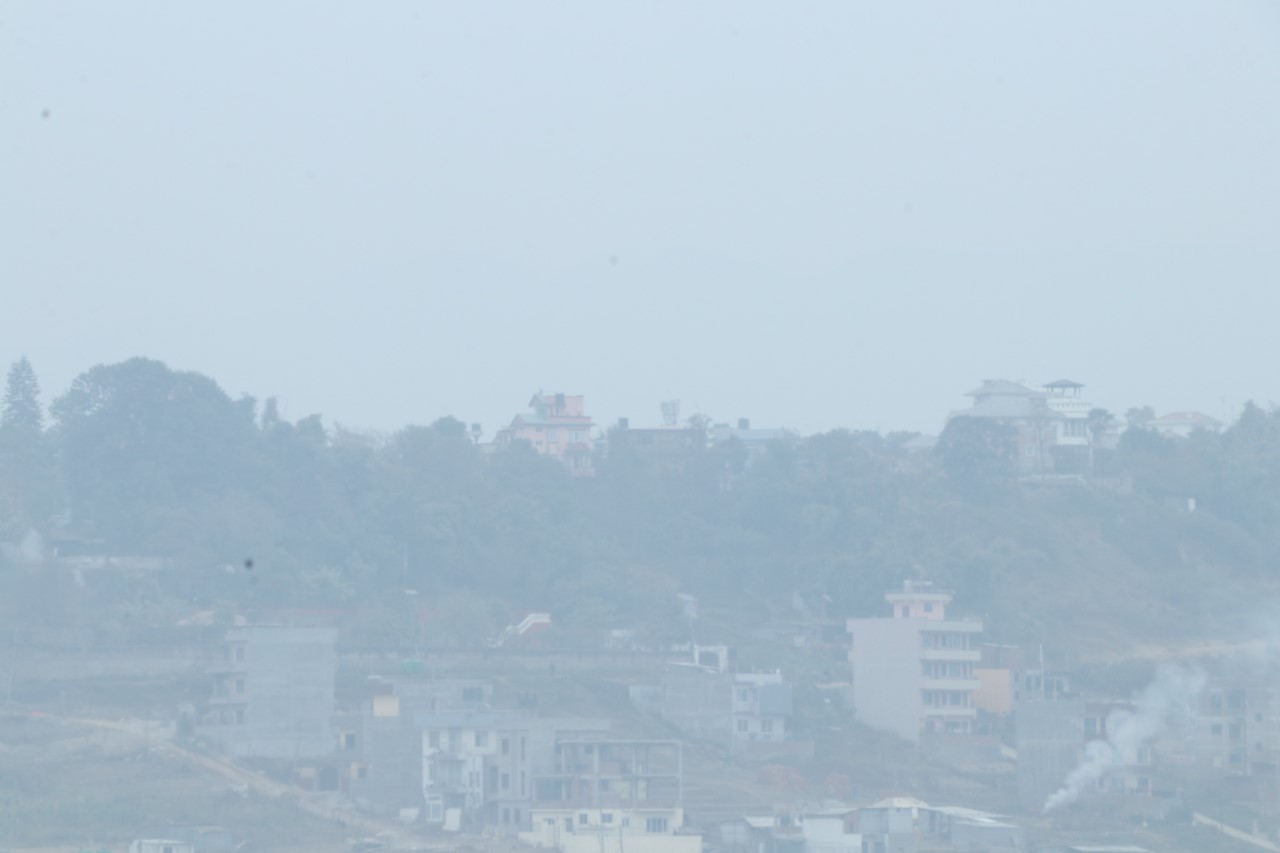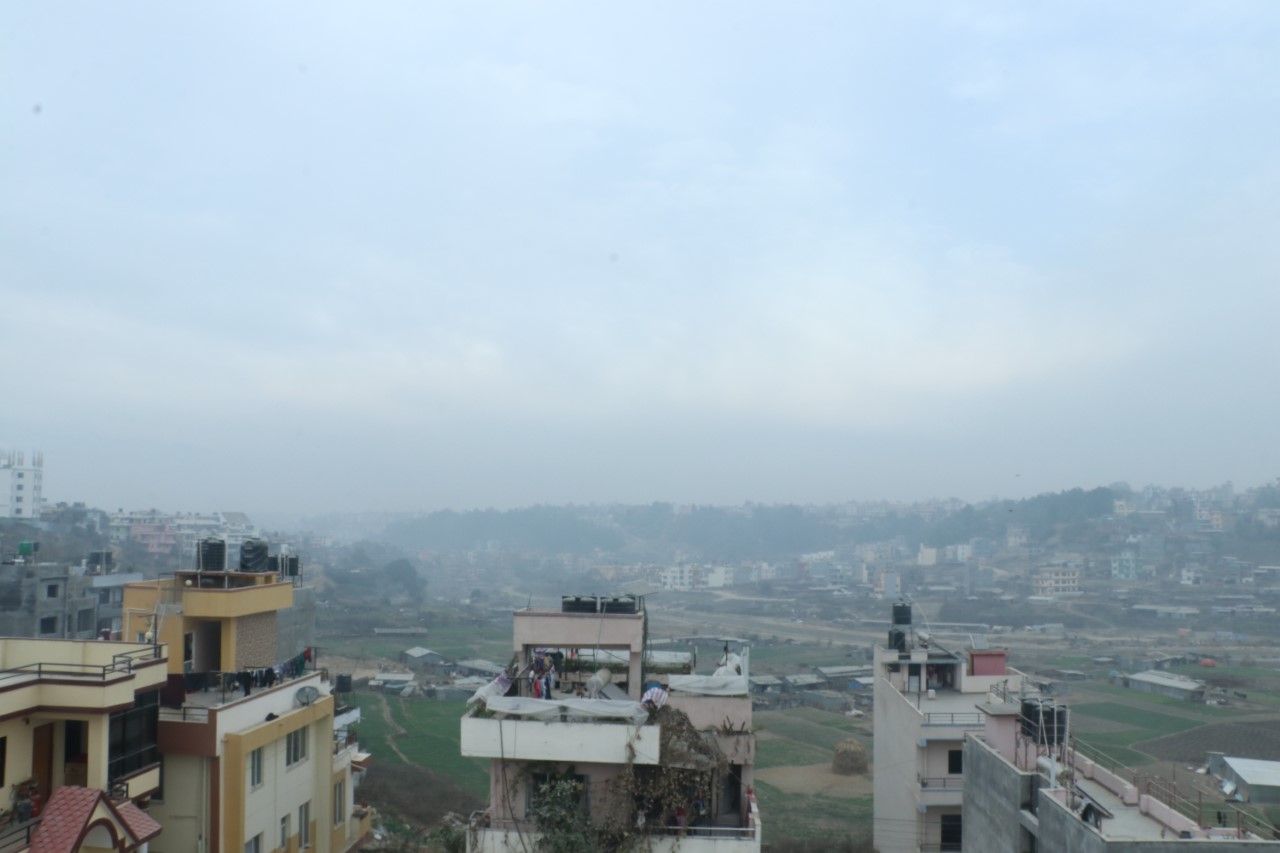Since the COVID-19 pandemic-related lockdown measures were imposed by the Government of Nepal in March last year, a decrease in the number of vehicles including private cars had a substantially positive impact on the Air Quality Index (AQI) in Kathmandu, the capital city of Nepal.
Citing a decline in COVID-19 cases, the government ended a 4-month long nationwide lockdown on July 21, 2020, that subsequently resulted in heavy traffic in parts of the capital city. On Monday (January 4), the AQI in Kathmandu exceeded 400 as per measurements taken by the Department of Environment (DoE) of the Ministry of Forest and Environment of Nepal. Furthermore, the AQI level in Kathmandu has remained at this hazardous level for two days in a row when, by this afternoon (January 5), Kathmandu’s AQI level had risen to 437, placing the capital among the most polluted cities across the world.

The Kathmandu Valley had witnessed a significant improvement in its AQI after the government imposed lockdowns across the country with the AQI measurement falling to 85 in Kathmandu during the first week of the restrictions. An AQI ranging between 0 and 50 is measured as good, 51 and 100 satisfactory, 101 and 200 moderate while between 201 to 300 is considered poor, 301 and 400 very poor, and 401 and 500 severe.

In 2016 the Environmental Performance Index (EPI) of Nepal’s air quality ranked 177 out of 180 countries and Kathmandu was described as one of the most polluted cities in Asia. This trend continued as the State of Global Air report in 2020 placed Nepal among the top 10 countries with the highest outdoor Particulate Matter (PM) 2.5 levels in 2019. As per the AQI world map, while Kathmandu’s AQI level continued to exceed all previous records with a level of 438 on Tuesday morning, at the same time, the New Delhi (the capital city of neighboring India) area of Noida recorded less than 151.
The air quality guidelines, designed by the World Health Organization (WHO) to offer guidance in the reduction of the health impacts of air pollution, state that the AQI level should be below 35. The pollution level of Kathmandu city over the last two days is therefore 15 times higher than the WHO standard. While last year the government of Nepal embraced the guidelines for air pollution and thus undertook to declare a health emergency if the AQI level exceeded 300, the authorities have not yet taken any concrete action in this regard.

- One of the major factors responsible for the deterioration of the quality of air in Nepal is rapid urbanization.
- According to the World Bank in 2012, Kathmandu Valley was considered to be the fastest-growing metropolitan area in the South Asia region.
- The Central Bureau of Statistics (CBS, 2011) of Nepal stated that at that time the annual population growth rate in Kathmandu Valley was 4.3 %.
- According to the Department of Transport Management (DoTM) of Nepal, the annual motorization rate in Kathmandu Valley is 12%.
- Around 688,028 vehicles were registered in the Bagmati zone up to the fiscal year 2012/13 which accounts for 45% of the total vehicles registered in Nepal.
- Of the registered vehicles, 93% are cars and motorbikes which are in general privately owned.
- The annual growth rate of the vehicles in Bagmati zone over the last 10 years was 12%.
- The Kathmandu Valley is especially vulnerable to air pollution due to haphazard urbanization, rapid motorization, valley centric industrialization, and its topography.
- According to WHO in 2014, 4.6 million people lived in urban areas of Nepal
In 2016 the World Health Organization revealed that deaths due to air pollution in urban areas such as Kathmandu were 9,943 per year on average. - According to the Ministry of Health and Population of Nepal (2019), air pollution was the second leading cause of disability in the country.
Meanwhile, in a statement issued today, the DoE has appealed to the residents of cities including those in Kathmandu Valley to take precautions while involved in outdoor activities and to pay special attention to children and the elderly, those with Chronic Obstructive Pulmonary Disease (COPD) and heart patients.
The increased level of air pollution in the capital city is expected to affect those suffering with heart and respiratory diseases amid the current COVID-19 pandemic situation.

